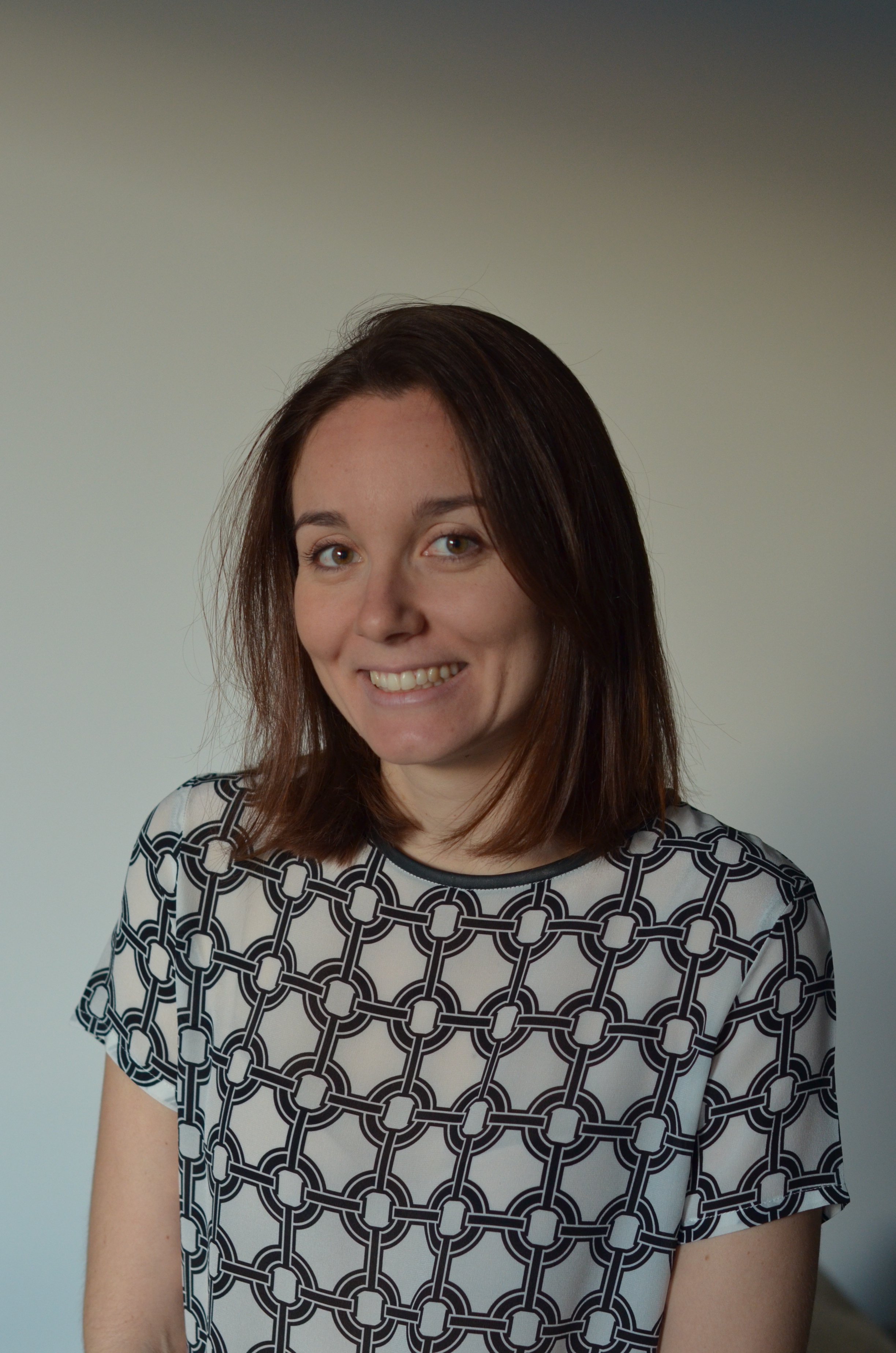
Federica Santoro
Communications Officer, UMC

Risks are not just numbers, but feelings. So how do you communicate risks accurately in a way that patients can interpret them? You give them facts, context, and trust.
The COVID-19 pandemic has been a stark reminder of just how tricky risk communication can be. Whether we are trying to convey the risk of dying from an infectious disease or of suffering a serious side effect after vaccination, it’s easy to get it wrong. People need to weigh benefits and harms to make informed decisions about their health, but that kind of information is often complex and easy to misinterpret.
The concepts of “benefit” and “harm” can mean very different things to different people – and it’s that subjectivity that makes risk communication so complicated. A 10% chance of dying from cancer will not be perceived in the same way by a young boy or an elderly man, just like a healthy woman and one with a weak immune system would feel differently about the risk of catching COVID-19. Our age and health status aren’t the only factors that affect how we interpret benefits and harms. Our perception can vary greatly depending on the type of risk, our values and biases, and even our state of mind.
Yet most of us mistakenly think of risks as mere numbers, says Alexandra Freeman, executive director of the Winton Centre for Risk and Evidence Communication at the University of Cambridge, England.
“People often try to reduce risks to the likelihood of something happening. But a risk is far more than that. It’s the feeling of what might happen and the impact that would have on us and others – and that’s different for every single person,” she says.
Because our interpretation of risk is so subjective, it stands to reason that no one else can decide if we should accept a particular risk or not. But even if we accept that only a patient can ultimately decide what’s best for them, surely it’s still in their interests to let someone more qualified guide them?
Freeman, who had a long career in TV and documentary film-making before joining the Winton Centre, knows all too well the temptation to nudge people in the “right” direction. For years, her job was to produce effective take-home messages that would help people change their behaviour. But that’s not what health communicators should be doing, she thinks.
“I think your role in individual healthcare is always to inform – never to persuade,” she says. “We need to trust the audience and empower them to make their own decisions.”
As difficult as it may be to relinquish control over a patient’s decision-making, healthcare professionals should trust patients to do what’s right for them. While it is the clinician’s responsibility to outline treatment options and even suggest specific treatments based on the benefits and risks, it’s not up to them to decide for patients, unless explicitly asked for guidance.
Freeman admits that some areas of medical communication are thornier than that and will require deeper societal discussions around individual and collective responsibilities. Vaccines are a prime example, as one individual’s decision to vaccinate or not will affect how a pathogen spreads to others. But in most other matters of individual health, Freeman says it’s ethically and legally appropriate to inform rather than persuade.

“None of us are great with numbers – it’s a foreign language to us all. Graphics can communicate a lot of information in an instinctive way.”
This type of communication – where we don’t tell people what to do, but hand them the evidence so they can reach their own conclusions – is known as evidence communication, and it’s what Freeman and her colleagues specialise in. At the Winton Centre, they research how to best communicate benefits and harms, and work with medical professionals, legal experts, policymakers, and journalists to improve how evidence is presented. They also offer free online courses on communicating evidence in healthcare.
But for those looking for a few quick pointers, here are Freeman’s top tips for effective risk communication. First, listen to your audience and understand their perspective.
“What’s important to them? What decision are they trying to make? And what information do they need to help them make that decision?” Freeman says.
Next, think carefully about how to package information to your audience. Even though there is no universal handbook for risk communication, a good rule of thumb is not to overwhelm people with data, but to use graphics to visualise and compare numbers.
“None of us are great with numbers – it’s a foreign language to us all,” Freeman says. “Graphics can communicate a lot of information in an instinctive way.”
Visual data representations can help people decide what is “rare” or “common” more concretely and to weigh up the benefits and risks of a medical treatment at a glance. During the COVID-19 pandemic, the Winton Centre created many helpful graphs of that kind. One of them compared the risk of unusual blood clots with the AstraZeneca vaccine to that of ICU admissions for different age groups and different levels of exposure to the virus if unvaccinated, so that people could easily weigh up the pros and cons of vaccination.
While graphics should abound, narratives should be used sparingly. As a former documentary producer, Freeman is well acquainted with the power of stories, an effective way to engage people and help them remember information. But she is wary about their use in medical communication where you’re not trying to convince people to adopt a certain behaviour.
Stories that make people empathise with a particular patient, for example, may bias us towards that specific experience and shut down our critical faculties, which could be dangerous in medical communication. The Winton Centre is currently investigating whether non-persuasive narratives exist and if they can be used to purely inform.
Finally, be upfront about uncertainties and unknowns. Accurately stating what we know is obviously essential, but what we don’t know plays an equally important role in people’s decision-making. Being clear about the quality of the evidence and any gaps in our knowledge is especially crucial in today’s landscape of fast, fleeting, and often contradictory communication.
An interesting experiment by the Winton Centre looked precisely at how communicating uncertainty and the benefit–risk balance impacts people’s attitudes. When vaccine-hesitant people were presented with different messages on COVID-19 vaccines, they engaged more with those that honestly described the benefits and risks of vaccination and acknowledged the unknowns, rather than with persuasive messages that mostly highlighted the benefits.
Being honest about uncertainties won’t necessarily change your audience’s behaviour, but it will help cement a relationship of trust. And people are more likely to spread your message if they view you as a reliable source of information.
“It’s complicated. But if you’re upfront about all of this – uncertainties, harms, benefits – and you’re demonstrating trustworthiness, then you’re doing the best you can for your audience,” Freeman says.
Read more:
A Freeman, “The strange world of risk perception, and communicating risks”, The BMJ, 2020
A Freeman, “How to communicate evidence to patients”, Drug and Therapeutics Bulletin, 2019.
M Blastland, et al, “Five rules for evidence communication”, Nature, 2020.
Oman’s VigiMobile launch is more than a technical upgrade. It signals a strong commitment to patient safety and public participation in pharmacovigilance.
17 September 2025
How can we make healthcare safer for children? ISoP’s Angela Caro-Rojas shares insights ahead of World Patient Safety Day.
04 September 2025
Prof. Singhal passed away on 19 April 2025. He is survived by his wife, children, and a large community of pharmacology researchers who had the privilege of training under him.
02 July 2025